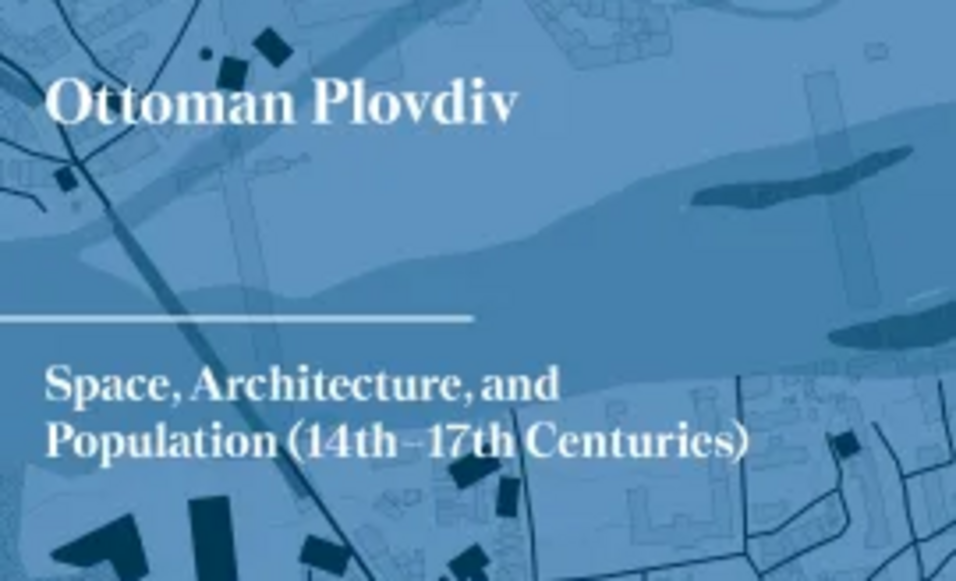The significance of studying urban life and cities in the Balkans under Ottoman rule has long been recognized by modern academia, yet a comprehensive analysis of individual cities remains scarce. This monograph endeavors to bridge this gap by delving into the rich history of Plovdiv (known as Filibe in the Ottoman era), modern Bulgaria’s second-largest city. Drawing from the latest advancements in urban geo-humanities, this study positions Plovdiv as a window into the diverse human activities occurring within its built environment during the formative centuries of Ottoman governance. Moving beyond the constraints of conventional historical approaches, the monograph integrates spatial, architectural, and population data into a cohesive, georeferenced digital model of the city, allowing for a detailed exploration of urban landscape transformations and human presence over time and space.The study is grounded in a wealth of underexplored primary sources, including historical city plans, Ottoman architectural landmarks, visual materials, and a diverse array of Ottoman documentary and narrative sources. Through this rich tapestry of materials, the author conducts a diachronic analysis of the development of urban fabric, shedding light on the pivotal role of architectural landmarks and their patrons, and examining the fluctuations in population density across time and space. The book fosters a dialogue between urban space, Islamic architecture, and the city’s residents and proposes an analytical geospatial model that can serve as a useful framework for studying other cities in the region that, like Plovdiv, lack contemporary Ottoman cadastral data.
Speakers
Grigor Boykov | Vienna
Maximilian Hartmuth | Vienna
Phokion Kotzageorgis | Thessaloniki
Moderation
Konrad Petrovszky

